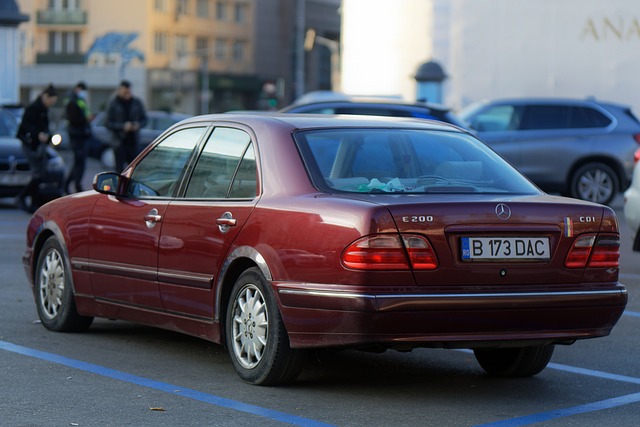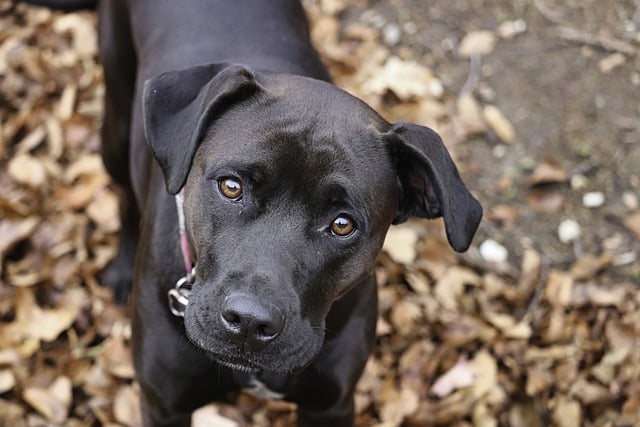How to Make Your Rental Property Pet-Friendly: A Guide to Attract Responsible Pet Owners
A comprehensive guide for landlords on how to create a pet-friendly rental property that appeals to responsible pet owners, reduces vacancy rates, and ensures a smooth rental experience.
Owning a rental property can be a rewarding investment, but it comes with a unique set of challenges. One key decision for landlords is whether to allow pets. With the growing number of pet owners and the increasing demand for pet-friendly housing, adapting your rental property to welcome pets can be a savvy choice. Not only does it broaden your tenant pool, but it can also boost tenant satisfaction and retention rates. Here’s how to make your rental property a pet-friendly space that works for both you and responsible pet-owning tenants.

1. Understand the Benefits of a Pet-Friendly Rental
Creating a pet-friendly rental property has several advantages. Pet-friendly policies attract a wider range of tenants, especially since pet-friendly housing can be hard to come by. Allowing pets can help fill vacancies faster, and pet owners are often more inclined to stay longer if they find a rental that accommodates their furry companions. This minimizes turnover and can reduce the costs associated with frequent tenant transitions.
Another benefit is that pet owners are usually willing to pay a bit more to secure a space that welcomes their pets. A survey from the American Pet Products Association found that many pet owners are willing to pay a pet deposit or even slightly higher rent for pet-friendly accommodations. By allowing pets, you can often secure a stable and appreciative tenant base.
2. Set Clear Pet Policies
If you’re going to allow pets, clear and specific pet policies are essential. Define what types and sizes of pets are allowed, as some landlords might prefer to allow only cats or small dogs, while others may permit larger animals. A detailed pet policy helps prevent misunderstandings and protects your property. Some aspects to consider include:
Pet Types and Breeds: Specify whether dogs, cats, or other animals like birds and rabbits are allowed. You can also restrict specific breeds if needed.
Size and Weight Limits: This is common in apartments or smaller units; for instance, you might allow only pets under 25 pounds.
Number of Pets: Limit the number of pets per unit. Typically, allowing one or two pets is a reasonable rule.
Pet Behavior Requirements: Outline expectations, such as that pets must be house-trained and non-aggressive.
Be sure to communicate these policies clearly in the lease agreement and conduct a quick screening of pets when new tenants are moving in. This can ensure that you’re welcoming pets that are well-behaved and won’t pose a risk to the property or other tenants.
3. Prepare Your Property for Pets
One of the biggest concerns landlords have is potential property damage from pets. However, with a few modifications, you can make your rental property both pet-friendly and resilient. Here are some improvements that can help:

Pet-Proof Flooring: Hard flooring materials like tile, vinyl, and laminate are more resistant to scratches and stains than carpet. If you do use carpet, consider stain-resistant options and choose colors that can conceal minor stains.
Scratch-Resistant Surfaces: Pets with claws, like cats and dogs, can sometimes scratch surfaces. Adding scratch-resistant paint or protective trim to vulnerable areas like door frames can minimize damage.
Outdoor Space: If your property has outdoor space, a fenced-in yard or a designated pet area can be very appealing to tenants with pets. Fencing helps keep pets safe and prevents them from wandering onto neighboring properties.
Pet-Friendly Landscaping: Use durable, non-toxic plants in outdoor areas, as certain plants can be harmful if ingested by pets. Grass and low-maintenance landscaping can also handle wear from pets better than delicate plants.
Making these changes not only helps protect your property but also shows potential tenants that you’re committed to providing a safe, comfortable environment for their pets.
4. Request a Pet Deposit or Pet Rent
To cover any additional cleaning or repairs that may be needed after a pet owner moves out, consider implementing a pet deposit or monthly pet rent. Pet deposits are often refundable, provided the pet doesn’t cause any damage beyond normal wear and tear. On the other hand, pet rent is typically a small additional fee added to the monthly rent, which can help offset costs associated with accommodating pets.
Many tenants understand the need for these charges, as they recognize that pets can cause additional wear. Just be sure to set reasonable fees that won’t deter tenants but still protect your investment.
5. Screen Tenants and Their Pets Carefully
While pet-friendly policies attract a broader range of tenants, it’s still essential to screen prospective tenants and their pets carefully. Look for responsible pet owners who prioritize their pet’s well-being and respect their living environment. During the application process, consider asking about:
Pet Behavior History: Previous landlords may offer insight into a pet’s behavior in a rental setting. Contact references if possible to learn about the pet’s conduct.
Veterinarian Records: Requesting proof of vaccinations and regular vet visits can indicate that a pet owner is responsible and invested in their pet’s health.
Pet Training: Tenants who invest in training, especially for dogs, often have well-mannered pets. Ask if the pet has undergone obedience training or if they are crate-trained.

This careful screening process ensures that you’re renting to tenants who are likely to take care of your property and handle their pets responsibly.
6. Enhance Pet Safety in Your Property
Creating a pet-friendly rental goes beyond just accommodating pets—it’s also about ensuring a safe and comfortable environment for them. Some pet safety upgrades to consider include:
Secure Windows and Balconies: Make sure that any windows or balconies are secure to prevent pets from escaping or falling.
Toxin-Free Spaces: Check for potentially toxic items within the property. Plants, household cleaning products, and certain pest control chemicals can be hazardous to pets. Providing a list of safe cleaning supplies or ensuring your property is stocked with pet-safe products can be a thoughtful touch.
Designated Pet Area: A small, designated pet washing area can be a nice bonus, especially if you have a multi-unit property. If space allows, consider creating an area where tenants can wash their pets after outdoor play.
These adjustments help pet owners feel that their needs—and those of their pets—are genuinely understood, making them more likely to care for your property with the same attention.
7. Communicate Openly with Tenants About Their Pets
Building a good relationship with pet-owning tenants can make a huge difference. Encourage tenants to notify you of any pet-related issues, such as accidental damage or minor wear and tear, so that you can address it together. By fostering an open dialogue, tenants are likely to be proactive and more respectful of your property.
Also, set a standard for pet noise and cleanliness in shared spaces if you have a multi-unit property. Remind tenants that excessive noise from pets or lack of proper waste disposal could affect their tenancy. Most responsible pet owners are receptive to respectful guidelines that ensure harmony among all tenants.
8. Promote Your Property’s Pet-Friendly Features
Once your rental property is fully equipped for pets, make sure to highlight it in your listings. Include keywords like “pet-friendly,” “dog-friendly,” or “cat-friendly” to attract pet-owning tenants actively searching for a property that welcomes their furry friends. Feature photos of any pet-specific upgrades, like a fenced yard or scratch-resistant flooring, and mention that you offer a welcoming space for responsible pet owners.
By emphasizing these pet-friendly aspects, you’ll set your property apart from others and attract a highly motivated, appreciative tenant base. With careful preparation and clear policies, transforming your rental into a pet-friendly haven can lead to happier tenants and a better rental experience for everyone involved.

